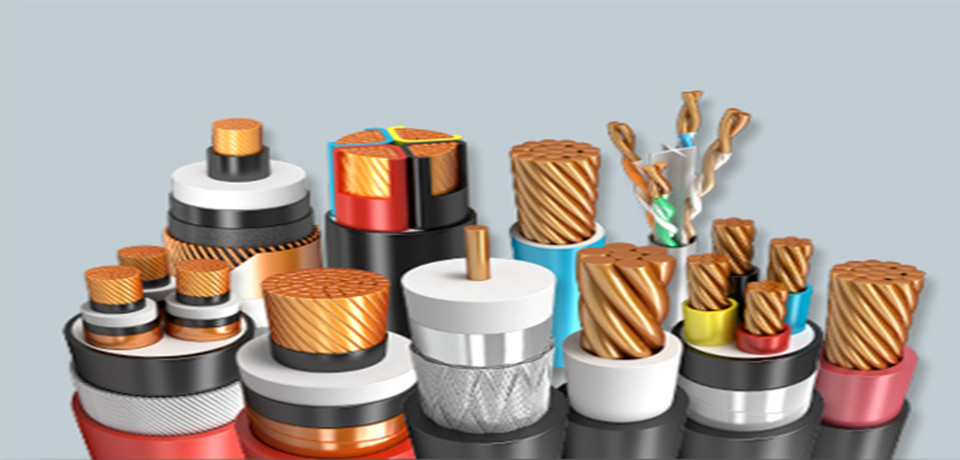
The role of the cable is to transmit the cable and play an increasingly important role in daily life, the cable according to its use, its structure is also not used. First of all, not all cables are waterproof, as a general rule, waterproof cables include cables laid in inland riverways or under the sea. Such cables generally have a longitudinal waterproof barrier, generally armored. For example, medium voltage cables, submarine cables, etc.
Take middle voltage XLPE power cables, for example, there is usually the following waterproof structure:
1. For single-core power cable, they are usually the power cable insulation shield twined by the semi-conductive water blocking tape, the metal shield was twined with the ordinary water blocking tape, and then squeeze the outer sheath, the outer sheath material can be ordinary PVC, but also can be used with radial water blocking HDPE materials, etc. For a three-core power cable, to ensure sufficient contact with the metal shield, only around the insulation shield wrapped around single conductive water blocking tape, the metal shield is no longer around the water blocking tape, depending on the level of waterproof performance requirements, the filling can be filled or Water barrier fill, inner liner, and outer jacket material as described in Single Conductor Cables.
2. In the outer sheath or inner liner longitudinal lining aluminum-plastic composite tape layer is a waterproof layer.
3. Extruded HDPE outer sheath directly outside the power cable.
For 110kV XLPE insulated power cables above, the main use of metal sheath is to waterproof the cable requirements. The most notable feature of metal sheathing is its complete impermeability, so cables with metal sheaths have very good radial water-blocking properties. Main types of metal sheathing: hot-pressure aluminum sets, hot lead sets, welding wrinkled aluminum sets, and welding wrinkle steel sets, such as cold-drawn metal sets.
Power cable waterproofing methods are generally divided into two kinds of longitudinal water and radial diameter water. Longitudinal water blocking is commonly used in the water blocking yarn, water blocking powder, and water blocking tape, water-resistance mechanism in these materials is contained in a water-swellable material, when the water from the cable end or from the jacket After entering the defect, this material will rapidly expand in contact with water to prevent further diffusion of water along the longitudinal direction of the cable, thus achieving the purpose of longitudinal waterproofing of power cables. Radial water blocking is mainly achieved by extruding HDPE non-metallic sheath or hot pressing, welding, and cold drawn metal sheathing.